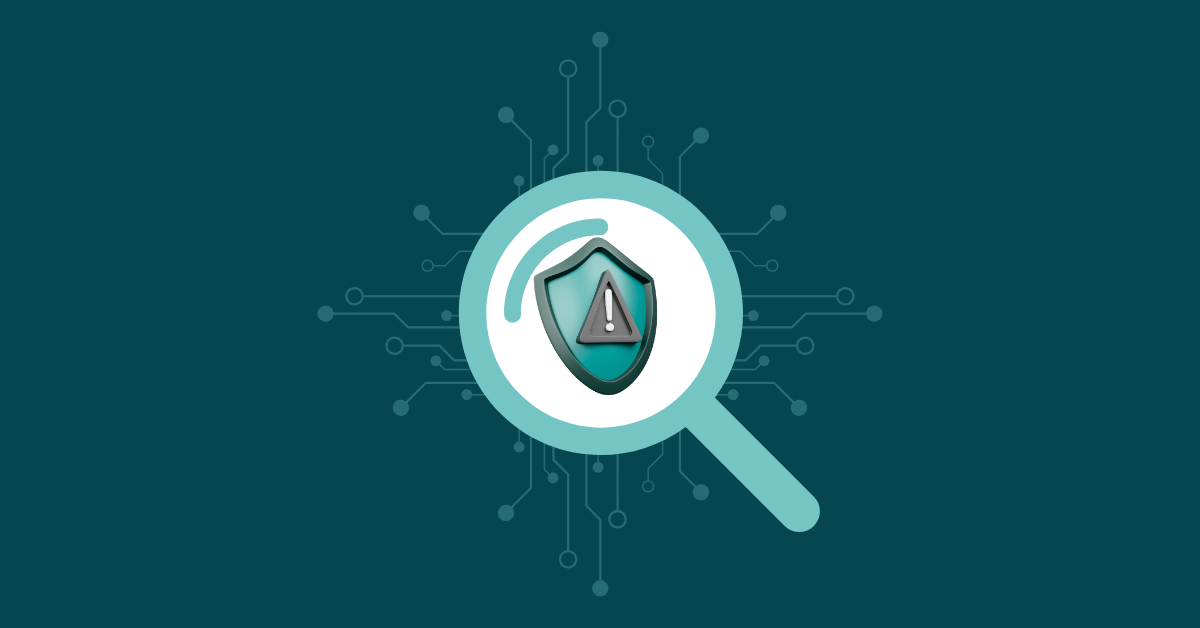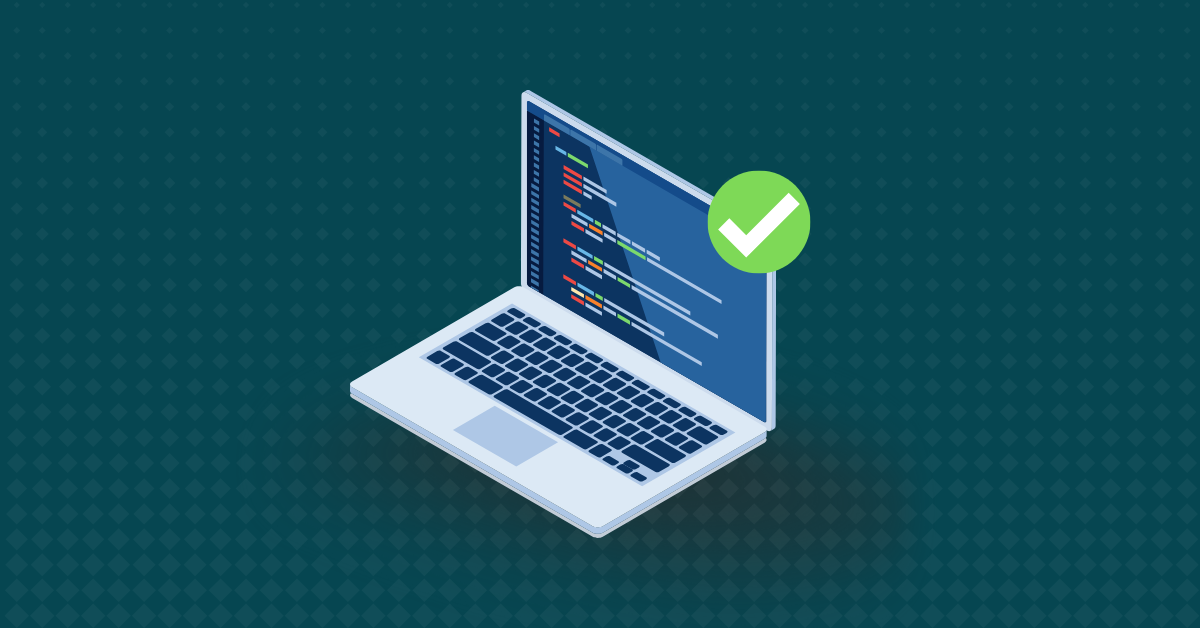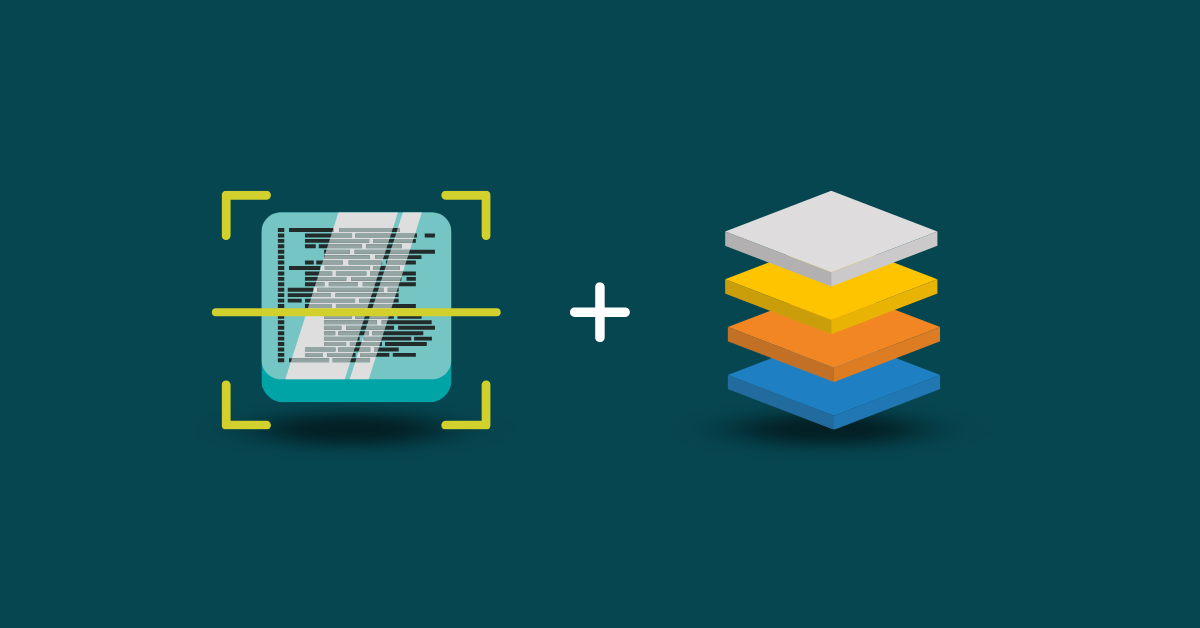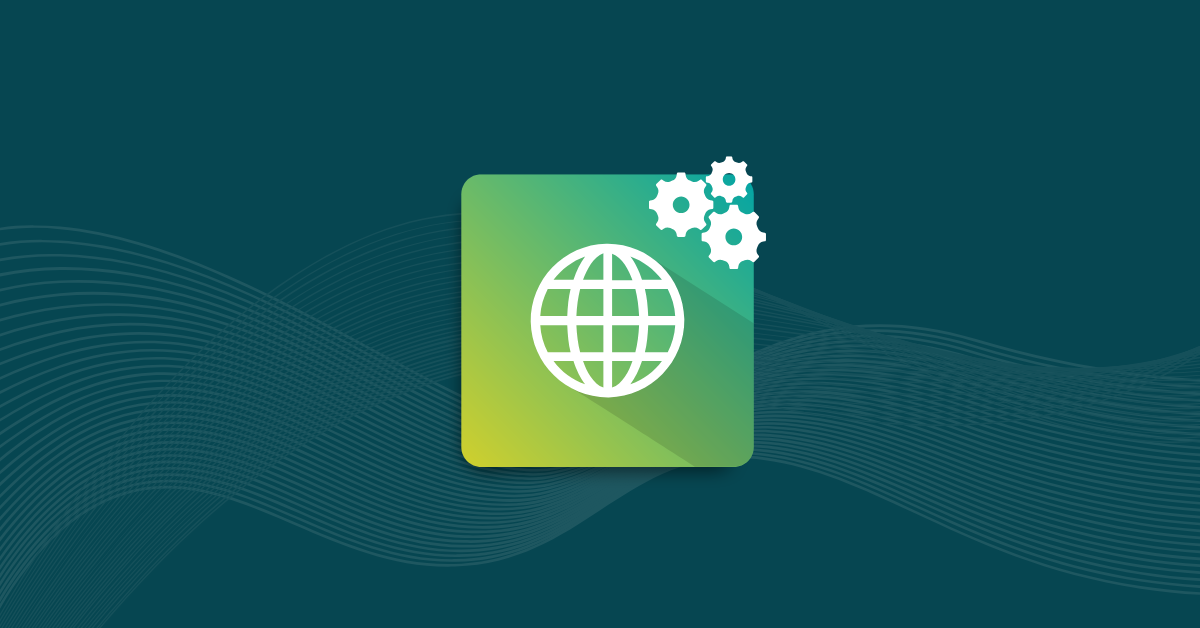

Creating a culture of security starts with secure coding practices. Standardizing workflows around industry guidelines and training your team to prioritize security at the beginning rather than at the end of the software development lifecycle (SDLC) can strengthen your ability to build resilient, trustworthy software.
With data security breaches increasing in number and cost, application security is a growing concern for development teams. Software vulnerabilities expose your organization to financial and reputational risks. In 2024, the average cost of a data breach increased 10% over 2023 and reached a record high of $4.88 million. Of that increase, 75% stemmed from lost business and managing the aftermath.
Insecure coding practices introduce vulnerabilities into your code that attackers can exploit to steal data or take control of your application. Some of the most common code vulnerabilities include:
AI can be a boon for busy development teams. Generative AI can make DevOps teams more efficient by speeding up development and debugging. However, you can’t trust it to generate secure code.
Generative AI can introduce insecure patterns into your code, mainly when used without oversight. To mitigate this risk, always double-check AI-generated code and conduct manual and automated code reviews. While automated tools are essential for speed and consistency, human reviewers bring critical thinking and contextual awareness that AI still lacks, particularly when it comes to application security strategy.
Whether you’re working with human-generated or AI code, secure coding practices lay the foundation for building safe and resilient applications. Modern development teams have a legal obligation to protect user data. Securing your code also helps develop trust with your customers because people are more likely to do business with companies that protect their privacy and data.
Input validation is a security measure that helps protect against various attacks, such as SQL injection, cross-site scripting (XSS), and buffer overflow. Always validate data to ensure it meets the expected format, length, and type, rejecting anything outside these boundaries. Use whitelisting instead of blacklisting so only explicitly allowed inputs are processed.
Beyond standard fields, remember to sanitize data from untrusted sources such as uploaded files, external APIs, or user-generated content. This consistent approach throughout the software development cycle prevents malicious payloads from reaching deeper parts of your application.
Strong authentication and proper password management verify that users are who they claim to be, while authorization ensures they can only access resources appropriate to their role. Use multi-factor authentication (MFA) to add an extra barrier, combining something users know with something they have or are. Enforce the principle of least privilege by granting only the minimum access rights needed, reducing the risk of accidental misuse or malicious activity. Application developers should regularly audit permissions to ensure old or unused accounts don’t retain excessive access to secure systems.
Protecting data in transit is essential for maintaining trust and compliance. Always use secure communication protocols such as HTTPS or TLS to encrypt sensitive information between clients and servers. Check that your certificates are valid, properly configured, and renewed before expiration to avoid vulnerabilities.
Where encryption is required, rely on industry-standard cryptographic functions rather than custom-built algorithms. Following these secure coding standards ensures attackers can’t intercept or alter data while it’s in motion.
Improper error handling can unintentionally reveal useful information to attackers, such as system configurations or database details. Always separate error conditions into user-friendly and developer-focused messages. End users should see generic error responses, while application logs should capture technical details for troubleshooting by authorized staff. Avoid printing stack traces or exposing internal file paths in public-facing environments. Treat error handling as part of your security mechanisms to reduce your attack surface without sacrificing operational insight.
A secure system starts with hardened configurations that eliminate unnecessary risks. Disable unused services, remove default accounts, and change all default passwords before deployment. Apply configuration baselines that enforce encryption, logging, and access controls. This approach reduces the number of exploitable points and ensures consistency across environments. Configuration reviews should be part of your software development cycle to catch gaps before attackers do.
Protecting data at rest — and in transit — demands active, layered security measures throughout the software development cycle. Use strong, industry-approved encryption algorithms and well-established cryptographic functions to ensure sensitive data cannot be read or altered without authorization. Implement secure key management processes, including periodic key rotation, secure storage, and strict access controls, to prevent compromise.
Limit the collection and retention of data to only what is essential for the application to function, reducing your exposure if a breach occurs. Sanitize data from untrusted sources before storing it, ensuring it meets the correct format and does not introduce malicious payloads into your secure systems. Apply the principle of least privilege so that only authorized accounts and processes can access stored information.
Combining these safeguards with comprehensive secure coding standards not only strengthens your security posture but also ensures you meet legal, regulatory, and ethical obligations for protecting privacy.
Threats evolve quickly, and regular testing is your best defense. Incorporate penetration tests, vulnerability scans, and secure code reviews into the development process. These checks should be performed at multiple stages of the software development cycle, not just before release. Document findings, prioritize based on severity, and retest after fixes are applied. By embedding security testing into routine workflows, you keep secure systems resilient against emerging risks.
Keeping your software and dependencies updated is critical for closing known vulnerabilities. Outdated libraries or frameworks can be exploited within days of a disclosure. Establish an automated patch management process to track updates across all components, including third-party tools. Regularly verify that patches were applied successfully to maintain your security mechanisms. Treat patching as an ongoing discipline rather than a one-off activity.
Security education is a secure coding standard that organizations often underestimate, yet it’s one of the most powerful ways to maintain long-term resilience. Application developers, testers, project managers, and other stakeholders should be regularly trained on the latest threats, defensive techniques, and secure coding standards relevant to your industry.
This training should go beyond theory, incorporating hands-on exercises where participants identify vulnerabilities, sanitize data from untrusted sources, and configure security mechanisms in real-world scenarios. Update training materials frequently to account for changes in technology, compliance requirements, and emerging attack methods within the software development cycle.
Workshops, security drills, and peer code review sessions help ingrain best practices into daily workflows. By investing in ongoing education, you reduce the risk of preventable incidents, strengthen secure systems, and ensure that security awareness becomes a shared responsibility across the entire organization.
File handling is a frequent target for attackers because it can provide a direct path into your secure systems. When reading from or writing to files, always validate and sanitize file paths to prevent path traversal attacks that could expose sensitive directories.
Only allow access to whitelisted directories and block attempts to navigate outside approved paths. Sanitize data from untrusted sources within files before processing — especially when handling formats like XML, CSV, or JSON that could contain malicious payloads.
Apply strict file permissions so that only authorized users or processes can read, write, or execute certain files, following the principle of least privilege. Whenever possible, rely on well-tested libraries or frameworks that provide secure file operation functions to avoid low-level coding mistakes. Incorporating trusted code measures into the software development cycle helps application developers maintain compliance with secure coding standards while reducing exposure to file-based threats.
Databases often contain the most sensitive data in your organization, making them one of the highest-value targets for attackers. Protecting them requires multiple layers of security mechanisms throughout the software development cycle.
Always use parameterized queries or prepared statements to prevent SQL injection, ensuring that input from untrusted sources is never directly incorporated into SQL commands. Store database credentials securely — ideally in encrypted configuration files or managed vault services — instead of hardcoding them or leaving them in plain text.
Apply the principle of least privilege so that each database account has only the minimum permissions needed for its function, avoiding unmanaged code that could escalate privileges nd never grants unnecessary administrative rights. Regularly audit queries, stored procedures, and access logs to detect unusual activity that might indicate a breach attempt. Application developers should also monitor for outdated database components and patch them promptly to maintain compliance with secure coding standards and keep secure systems resistant to evolving threats.
External libraries can be a huge productivity boost, but also a significant security risk. Always download third-party code from trusted, official sources, verifying digital signatures when possible. Maintain an inventory of all libraries in use and check them against vulnerability databases. Update regularly to close known flaws, and replace abandoned libraries with actively maintained alternatives. This vigilance prevents unpatched weaknesses from undermining your secure systems.
Sessions maintain user state but can be exploited if poorly managed. Generate long, unpredictable session IDs and transmit them only over secure communication channels. Encrypt session data where possible, and expire sessions after a reasonable period of inactivity. For sensitive actions, consider requiring reauthentication to verify identity. Implementing these secure coding standards reduces the risk of session hijacking or fixation attacks.
Logs are critical for detecting breaches, but can also leak sensitive data if not handled correctly. Avoid recording information like passwords, personal identifiers, or cryptographic keys in plain text. Use logging frameworks with built-in encryption and masking features to protect stored logs. Regularly review log files for suspicious patterns or anomalies that could indicate a breach. Treat logs as part of your defense, not a liability.
Conduct regular code reviews to identify and fix security vulnerabilities. Involve team members with security expertise to ensure thorough reviews. Use automated code review tools to supplement manual reviews and identify potential security issues early in the development process.
Deployment is a sensitive stage where errors can expose the entire system. Use secure channels and verified artifacts when moving code into production. Restrict deployment access to trusted personnel and maintain detailed audit logs of all changes. Validate that security configurations are intact after deployment and monitor for unexpected modifications. This approach helps ensure your secure systems stay hardened in live environments.
APIs often connect core services, so they must be part of a trusted system protected with strong security mechanisms. Require authentication for all endpoints, enforce authorization rules, and validate input parameters to prevent injection attacks. Implement rate limiting to deter brute-force attempts and denial-of-service attacks. Apply the same sanitizing and validation standards used elsewhere in your application to maintain consistency across the software development cycle.
| Practice | Purpose | Key actions |
| Input Validation | Prevents injection attacks, XSS, and buffer overflows by ensuring data integrity. | Validate format, type, and length; use whitelisting; sanitize data from untrusted sources like APIs and file uploads. |
| Authentication and Authorization | Verifies user identity and enforces appropriate access levels. | Use MFA, enforce role-based access, follow the principle of least privilege, and audit permissions regularly. |
| Secure Communication | Protects data in transit from interception or tampering. | Use HTTPS/TLS, validate certificates, apply industry-standard cryptographic functions, and manage keys securely. |
| Error Handling | Prevents exposure of useful information to attackers during error conditions. | Show generic messages to users, log detailed errors securely for developers, and avoid revealing system details. |
| Secure Configuration | Reduces exploitable attack surfaces in applications and infrastructure. | Disable unused services, change defaults, apply configuration baselines, and enforce encryption and access controls. |
| Data Protection | Safeguards sensitive information from unauthorized access or disclosure. | Encrypt at rest and in transit, manage keys securely, and minimize collected/stored data. |
| Regular Security Testing | Detects and resolves vulnerabilities before deployment. | Conduct penetration testing, static/dynamic code analysis, and retest after fixes. |
| Patch Management | Closes known vulnerabilities in software and dependencies. | Automate patch tracking, prioritize critical updates, and verify patch deployment success. |
| Security Education | Builds security awareness among developers and stakeholders. | Provide ongoing training, update materials regularly, and include hands-on vulnerability prevention exercises. |
| Secure File Operations | Prevents unauthorized access or malicious file exploitation. | Validate file paths, sanitize file contents from untrusted sources, use strict permissions, and secure libraries. |
| Secure Database Access | Protects sensitive data stored in databases from injection attacks. | Use parameterized queries, store credentials securely, restrict permissions, and audit access logs. |
| Secure Third-Party Libraries | Prevents vulnerabilities from outdated or compromised dependencies. | Source from official repositories, verify integrity, update regularly, and replace abandoned libraries. |
| Secure Session Management | Protects user sessions from hijacking or fixation. | Generate unique session IDs, encrypt session data, expire inactive sessions, and require reauthentication for sensitive actions. |
| Secure Logging | Ensures logging aids security without exposing sensitive data. | Avoid logging passwords or keys, encrypt logs, mask sensitive fields, and review logs regularly. |
| Secure Code Reviews | Identifies vulnerabilities before code reaches production. | Involve security experts, use automated tools, review high-risk areas, and document remediation. |
| Secure Deployment Practices | Maintains security during release processes. | Restrict deployment access, validate configurations, use secure transfer channels, and monitor for unauthorized changes. |
| Secure API Development | Protects API endpoints and data from abuse or injection. | Require authentication, validate inputs, enforce authorization rules, apply rate limits, and sanitize parameters. |
Kiuwan offers a comprehensive suite of tools and services to help you improve the security of your software throughout the development lifecycle.
Ready to improve the security of your software? Request a free demo of Kiuwan and see how our platform can help you build more secure applications.


